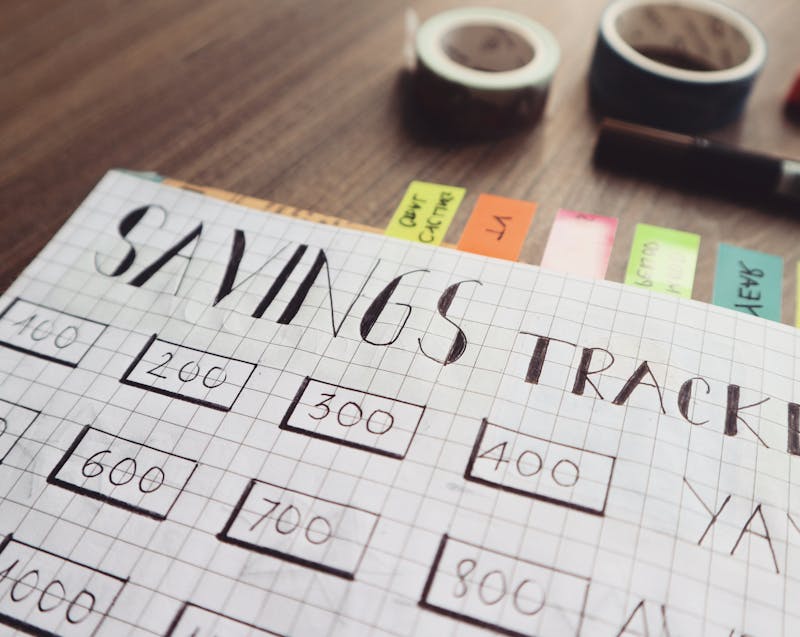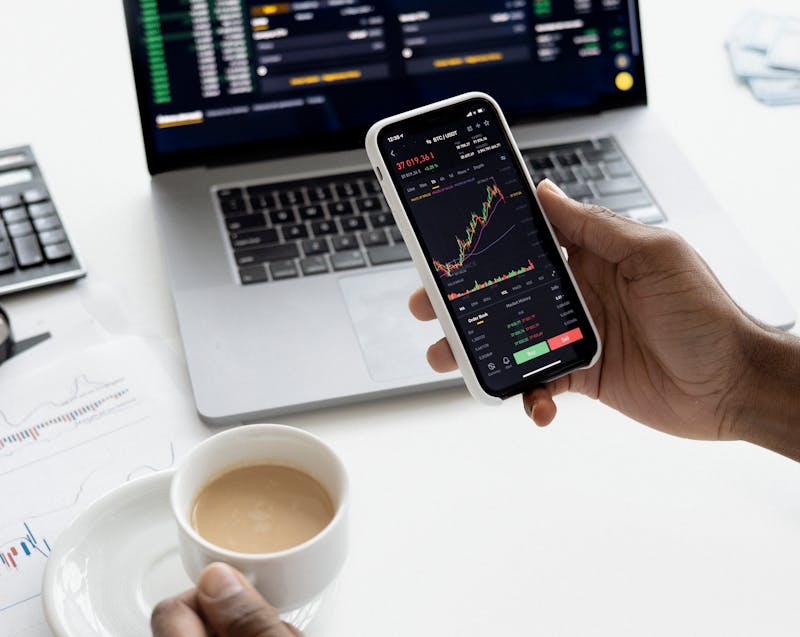
- You don’t need a large capital to start investing—small, consistent contributions can grow significantly over time.
- Define what “assets” mean to you and focus on investments that align with your financial goals.
- Build valuable skills that can create income-generating opportunities and serve as long-term assets.
- Diversify your portfolio with both tangible (real estate, small ventures) and digital (blogs, online courses) assets.
- Reinvest earnings from your investments or side hustles to accelerate compound growth.
- Adopt a patient, long-term mindset focused on learning, consistency, and smart reinvestment.
Building wealth often seems out of reach for those who don’t have a large amount of capital to start with. However, many successful investors began with limited funds and a strategic mindset. Learning how to build assets with little money is not about instant riches—it’s about understanding the fundamentals of value creation, disciplined investing, and consistent growth.
Whether you’re a young professional, a small business owner, or simply someone aiming to secure long-term financial stability, there are practical and achievable ways to start building assets today. Let’s explore proven strategies that allow first-time investors to grow wealth even on a modest budget.
1. Start by Defining What “Assets” Mean to You
Before diving into investment strategies, it’s crucial to understand what assets truly are. An asset is anything that puts money in your pocket—whether it’s a rental property, a stock dividend, a digital product, or a side business. Assets generate income, appreciate in value, or both.
Start by assessing your current financial situation:
- Identify your existing assets, such as savings, skills, or side projects.
- Eliminate liabilities that drain your cash flow, like unnecessary subscriptions or debt.
- Set clear, realistic goals for what kind of assets you want to build.
By defining what assets mean in your personal context, you can focus your limited resources on investments that align with your financial goals.
2. How to Build Assets with Little Money: Start Small and Stay Consistent
You don’t need a fortune to begin investing—you need consistency. Starting small allows you to learn and grow without taking on unnecessary risks. Today’s financial tools make it easier than ever to invest even with limited funds.
Here are a few ways to start small:
- Micro-investing apps: Platforms like Acorns or Stash allow you to invest spare change automatically.
- Index funds and ETFs: Low-cost, diversified investment options that reduce risk and provide steady growth over time.
- Fractional shares: Buy portions of expensive stocks, like Apple or Tesla, without paying the full share price.
- Automatic contributions: Even $50 a month invested consistently can compound into significant growth over time.
The key is to treat investing like a habit. Small, regular contributions to your asset portfolio can grow into a strong foundation for financial independence.
3. Build Skills That Generate Income-Driven Assets
If money is tight, your best investment might be yourself. Developing valuable skills can become one of your most profitable assets. Whether you learn digital marketing, web development, or project management, skills can generate new income streams that can later be reinvested into other assets.
Consider these skill-building strategies:
- Take online courses or certifications to increase your earning potential.
- Start freelancing or consulting to create a new income stream.
- Create digital products such as eBooks or online courses that provide passive income.
Building human capital—your knowledge, skills, and expertise—can produce long-term returns far greater than many traditional investments.
4. Invest in Tangible and Digital Assets
Diversifying your portfolio doesn’t require massive capital. With smart allocation, you can start building both tangible and digital assets that appreciate or generate income.
Tangible assets include real estate, collectibles, or even a small vending machine business. If traditional real estate feels out of reach, consider real estate crowdfunding platforms that allow small investors to pool funds and share returns.
Digital assets, on the other hand, are increasingly popular and accessible:
- Build a blog or YouTube channel and monetize it through ads or affiliate marketing.
- Buy and sell domain names or websites.
- Invest in digital art or NFTs cautiously, ensuring you understand the risks.
Combining tangible and digital assets allows you to balance stability and scalability as your wealth grows.
5. Reinvest Your Earnings to Accelerate Growth
The most powerful wealth-building principle is reinvestment. Every dollar you earn from your assets should ideally be reinvested into new opportunities or improvements to existing ones. This accelerates your financial growth through the power of compounding.
Here’s how to do it strategically:
- Reinvest dividends from stocks or ETFs instead of cashing them out.
- Use profits from a side hustle to expand your business or explore new investments.
- Allocate a percentage of all income toward asset-building every month.
Over time, this disciplined reinvestment strategy turns small gains into exponential growth, bringing you closer to financial independence.
6. Adopt the Right Mindset for Long-Term Wealth
Building assets with little money is not a get-rich-quick process—it’s about patience, persistence, and smart decision-making. Developing the right mindset is just as important as financial strategy.
Keep these principles in mind:
- Think long-term: Short-term fluctuations are normal; focus on steady growth.
- Keep learning: Financial literacy is the foundation of wealth.
- Avoid emotional decisions: Stick to your plan even when markets fluctuate.
- Celebrate small wins: Every dollar invested brings you closer to your goal.
With a patient and disciplined approach, you can transform limited resources into a thriving portfolio of assets.
Conclusion
Learning how to build assets with little money is about leveraging what you already have—your skills, discipline, and access to digital tools. By starting small, focusing on consistency, and reinvesting your gains, you can create a sustainable path to financial freedom. The most important step is to begin—because even the smallest investment today can grow into something life-changing tomorrow.





